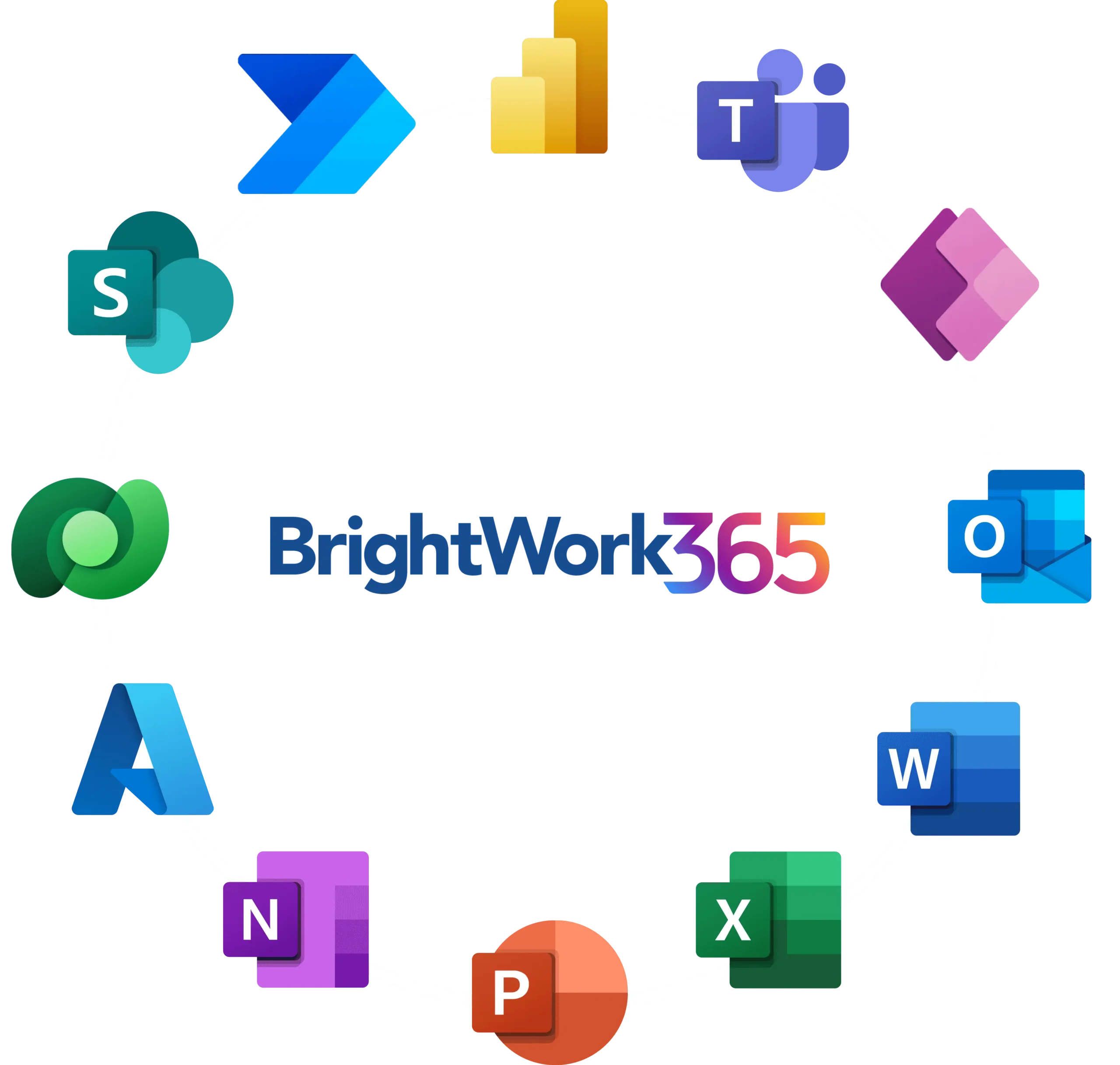What is the Work Breakdown Structure?
The Work Breakdown Structure (WBS) is a fundamental tool in project management. It visually represents a project’s scope, breaking it down into manageable chunks that can be effectively planned, executed, monitored, and controlled.
WBS is a hierarchical and incremental decomposition into project phases, deliverables, and work packages. It is a tree structure, which shows a subdivision of effort required to achieve an objective—for example, a program, project, and contract.
Origins of WBS
The concept of WBS was developed by the United States Department of Defense (DoD) in the 1950s as part of the Polaris missile program. The DoD introduced the concept to ensure that their contractors had a clear, shared understanding of the scope of work involved in a project.
Over time, the use of WBS has spread beyond the military and defense sectors to become a standard practice in industries ranging from construction and software development to event planning and research. Today, it is a cornerstone of project management methodologies such as PMBOK and PRINCE2.
WBS in PMBOK
The Project Management Body of Knowledge (PMBOK) Guide, published by the Project Management Institute (PMI), describes WBS as a critical tool for project scope management. It recommends creating a WBS to define and document the project’s scope.
The PMBOK Guide also provides guidelines for creating a WBS, including the use of a hierarchical structure, the definition of work packages, and the use of a coding system to identify the different levels of the WBS.
WBS in PRINCE2
The PRojects IN Controlled Environments (PRINCE2) methodology also recognizes the importance of a WBS. In PRINCE2, the WBS is part of the product breakdown structure (PBS), a hierarchical diagram showing all the products that will be delivered as part of the project.
While PRINCE2 does not provide detailed guidelines for creating a WBS, it emphasizes the need for a clear, shared understanding of the project’s scope among all stakeholders, facilitated by using a WBS.
Manage Projects with Microsoft 365, Power Platform, and Teams
Collaborate seamlessly from anywhere, with BrightWork 365 and Microsoft Teams

What Makes Up a Work Breakdown Structure?
A typical WBS consists of several vital components. These include the project or program name at the top level, followed by the project’s significant deliverables or phases. Each deliverable or phase is then broken down into tasks or work packages, the smallest work units in a WBS.
Each component of a WBS is assigned a unique identifier, often in the form of a code or number. This identifier is a reference for project planning, scheduling, and control. It also allows for streamlined communication among team members and stakeholders about specific project parts.
Deliverables
At the core of a WBS are the project’s deliverables, tangible or intangible products, services, or results the project aims to produce. Positioned under the project name, deliverables form the second level of the hierarchy and serve as milestones towards achieving the project’s goals.
These are then further decomposed into more detailed tasks or work packages, ensuring a comprehensive overview of what the project intends to deliver.
Tasks
Tasks represent the specific activities required to achieve each deliverable. Located at the third level of the WBS hierarchy, tasks are detailed enough to guide the project team in their daily work, providing clarity on what needs to be done, the resources required, and the timeline for completion.
This granularity is vital for effective project planning, scheduling, and control – facilitating a clear path toward completing each deliverable.
Work Packages
Work packages are the smallest work units within a WBS, breaking tasks into more detailed and manageable pieces. These components are critical for assigning work to project team members, estimating costs and time, and monitoring progress.
Work packages allow for precise control and tracking of the project’s progress, ensuring that each task is aligned with the project’s objectives and timelines.
Unique Identifiers
Each element within the WBS is assigned a unique identifier, typically a code or number, simplifying referencing specific project parts for planning, scheduling, and communication purposes.
These identifiers ensure that every team member and stakeholder can accurately understand and discuss the project’s components, enhancing clarity and coordination throughout the project life cycle.
What Are The Benefits of Using a Work Breakdown Structure?
Using a Work Breakdown Structure (WBS) in project management brings numerous benefits that enhance the overall efficiency and clarity of project execution. Here’s an insight into the key advantages:
Clarifies Project Scope
A WBS provides a detailed decomposition of the project into deliverables and tasks, which sharpens the understanding of the project’s scope. This comprehensive breakdown helps mitigate scope creep by clearly delineating what is included in the project and preventing unauthorized expansions.
Streamlines Project Planning
Organizing the project into more manageable components, a Work Breakdown Structure (WBS) simplifies estimating resources, time, and costs associated with each task. The WBS lays the groundwork for a realistic project schedule by elucidating task dependencies, thus facilitating a smoother planning phase.
Enhances Scope Control
Establishing a WBS solidifies the project’s scope foundation, making scope management more straightforward. It ensures that any modifications to the project scope are accurately captured and communicated, maintaining a uniform understanding among all stakeholders.
Improves Monitoring and Controlling
The WBS framework is a roadmap for tracking project progress and performance. It enables project managers to monitor each component’s advancement effectively, making identifying and addressing any deviations from the plan easier.
Boosts Stakeholder Communication
A Work Breakdown Structure helps project stakeholders understand the project’s objectives and deliverables clearly and consistently. It provides a visual and hierarchical representation of the project’s scope, facilitating better communication among the team members.
Facilitates Risk Management
The detailed task breakdown provided by a WBS encourages early identification and management of potential risks. Recognizing these risks at the task level allows for implementing targeted mitigation strategies, reducing the likelihood of project delays or budget overruns.
How to Create a Basic Work Breakdown Structure in 4 Easy Steps
Developing a Work Breakdown Structure (WBS) is a systematic process that transforms the project’s scope into a clear and actionable plan. Below is an example of 4 easy steps to create a basic WBS.
1. Define the Project’s Scope
The foundational step in creating a WBS is outlining the project’s scope. This entails specifying the project’s goals, expected deliverables, and boundaries.
It is paramount to establish what the project aims to achieve, what outputs it will produce, and what is included or excluded from its scope. Engaging all key stakeholders during this phase ensures a comprehensive and universally accepted project scope.
2. Break Down the Scope into Deliverables
With the project scope defined, the next step is decomposing it into major deliverables or phases. This top-down approach begins with the project or program name at the highest level, followed by critical deliverables.
Each deliverable represents a significant output or milestone that the project must achieve. This step is critical for transforming the broad project scope into specific, actionable objectives.
3. Detail the Tasks
After identifying the significant deliverables, break them into smaller, more manageable tasks or work packages. This breakdown continues until each task is sufficiently detailed for accurate planning, scheduling, and resource allocation.
Each task should outline what needs to be done, the resources required, and its duration. This level of detail is instrumental for the effective execution and control of the project.
4. Assign Unique Identifiers
Finally, assign a unique identifier to each component of the WBS. These identifiers, often numeric or alphanumeric codes, facilitate easy reference, tracking, and communication about specific elements of the project. They are a shorthand for discussing project details and essential for organizing and managing various components.
Decoding Success With WBS
In conclusion, the Work Breakdown Structure is a powerful project management tool. It helps define and control the project’s scope, facilitates project planning, improves stakeholder communication, and aids in risk management.
Its use is recommended by project management methodologies such as PMBOK and PRINCE2 and is supported by project management software.
While creating a WBS requires a clear understanding of the project’s scope and a systematic approach to breaking it down into project deliverables and individual tasks, its benefits make it a worthwhile investment.
Manage Projects with Microsoft 365, Power Platform, and Teams
Collaborate seamlessly from anywhere, with BrightWork 365 and Microsoft Teams.
